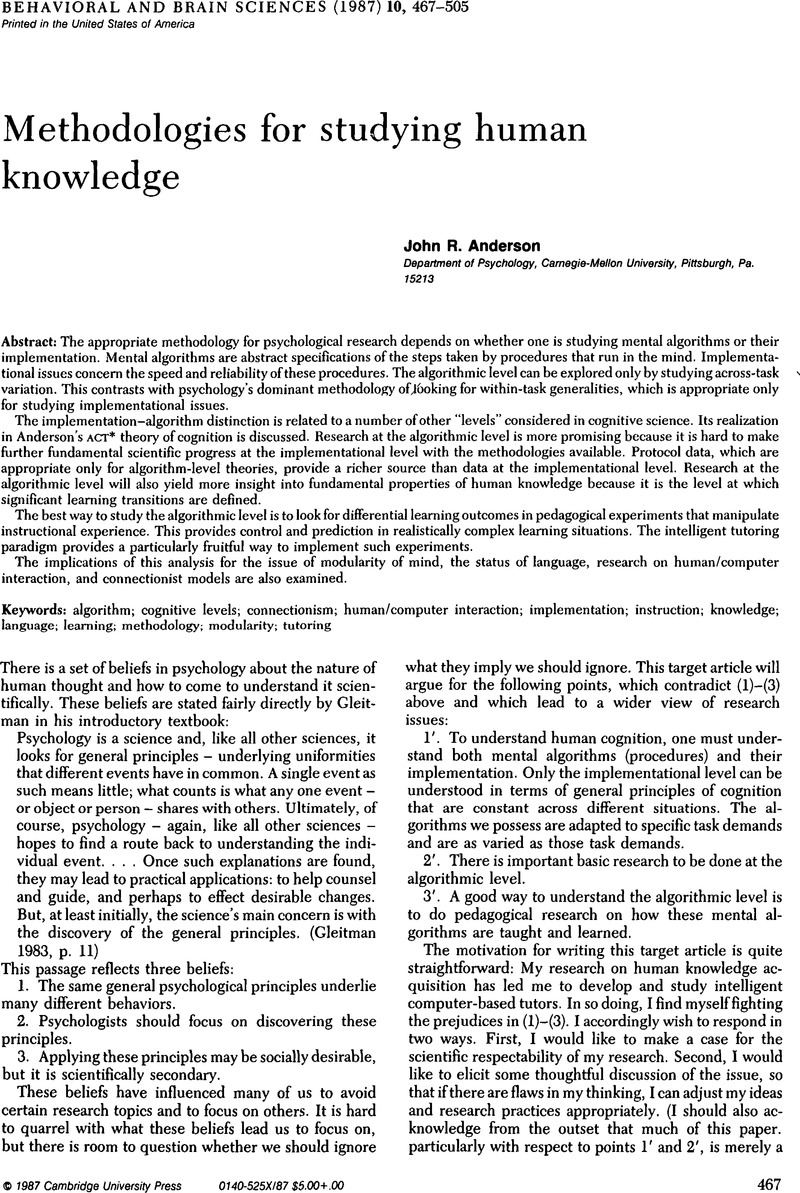Crossref Citations
This article has been cited by the following publications. This list is generated based on data provided by Crossref.
Russell, James
1988.
Cognisance and cognitive science. Part one: The generality constraint.
Philosophical Psychology,
Vol. 1,
Issue. 2,
p.
235.



